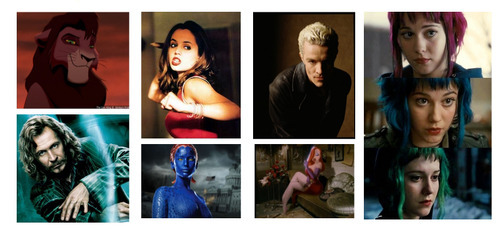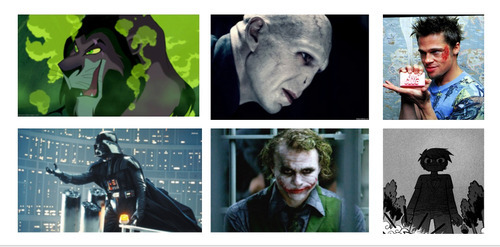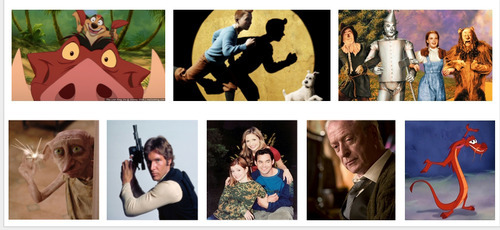Oisin suggested that we research Dan Harmon’s essays on story structure as, although they’re based on Campbell’s and Vogler’s writing, Harmon has adapted his story structure to be used for creating short pilot episodes (for Channel 101).
These are my notes from Story Structure 104: The Juicy Details

The diagram above shows where Campbell’s Hero’s Journey relates to Harmon’s.
Notes:
1. You (A character is in a zone of comfort): Establish a protagonist.
“the audience is floating freely like a ghost until you give them a place to land”. This imprinting is easier to achieve when you provide the audience with a character which they can relate to (especially someone you can feel sorry for).
2. Need (but they want something): Something ain’t quite right.
Show that something is off balance in the character’s universe. This could be something that the character wishes for within him/herself or something that is happening externally (a call to adventure). Refusal of the call is sometimes used as we can relate to being afraid of change.
3. Go (they enter an unfamiliar situation): Crossing the threshold.
Figure out what your ‘movie poster’ is. The threshold will set off events that will lead to the ‘unfamiliar world’ that you want to sell to your audience. Contrast between the ‘familiar world’ and the ‘unfamiliar world’ is important.
4. Search (adapt to it): The road of trials.
This is where the character is ‘put through the digestive track’ and broken down. “We are headed for the deepest level of the unconscious mind, and we cannot reach it encumbered by all that crap we used to think was important.”
5. Find: Meeting with the Goddess.
The road of trials is to prepare the protagonist for this point in the story. It’s considered a major pivot point and a time for great revelations and total vulnerability. From what I understand of Harmon’s essay this should be where you show a definable moment describing what your character has become as a result of the journey so far, a moment where the protagonist learns something about themselves and in doing so can actively decide to ascend to the next part of the story.
6. Take (pay it’s price): Meet your maker
This part of the journey has it’s own ‘road of trials’ in order to prepare you for returning to the ordinary world. This is where the protagonist will shed her/his last remnants of ego thus completing what Campbell calls “Atonement with the Father”. “In the first half of the circle, you were reacting to the forces of the universe, adapting, changing, seeking. Now you have BECOME the universe. You have become that which makes things happen. You have become a living God.”
7. Return (and go back to where they started): Bringing it home.
This can be as easy as a hug goodbye or it can be more difficult, what Campbell calls ‘The Magic Flight’.
8. Change (now capable of change): Master of Both Worlds
” …the protagonist, on whatever scale, is now a world-altering ninja. They have been to the strange place, they have adapted to it, they have discovered true power and now they are back where they started, forever changed and forever capable of creating change. In a love story, they are able to love. In a Kung Fu story, they’re able to Kung all of the Fu. In a slasher film, they can now slash the slasher.”




